At MACS Clinic, we believe that good surgical outcomes depend not only on skilled procedures but also on careful post-operative care. If you have undergone autologous fat grafting to the face (fat transfer/lipofilling), this guide will help you understand what to expect, how to look after yourself, and when to seek help.
1. What to Expect Immediately After Surgery
• Mild swelling and bruising in both donor (where fat was taken) and recipient (face) areas are common.
• Some fullness in the grafted areas is expected.
• Tightness or firmness in the treated areas usually settles within a few weeks.
2. Dressings and Wound Care
• Donor sites may be covered with small dressings where fat was harvested (commonly abdomen, flanks, or thighs). You are advised to support the donor area of fat harvest .
• Keep all dressings clean and dry unless instructed otherwise.
• Do not apply creams, ointments, or makeup over the grafted areas until advised by the surgeon .
• Sutures, if used, are usually dissolvable.
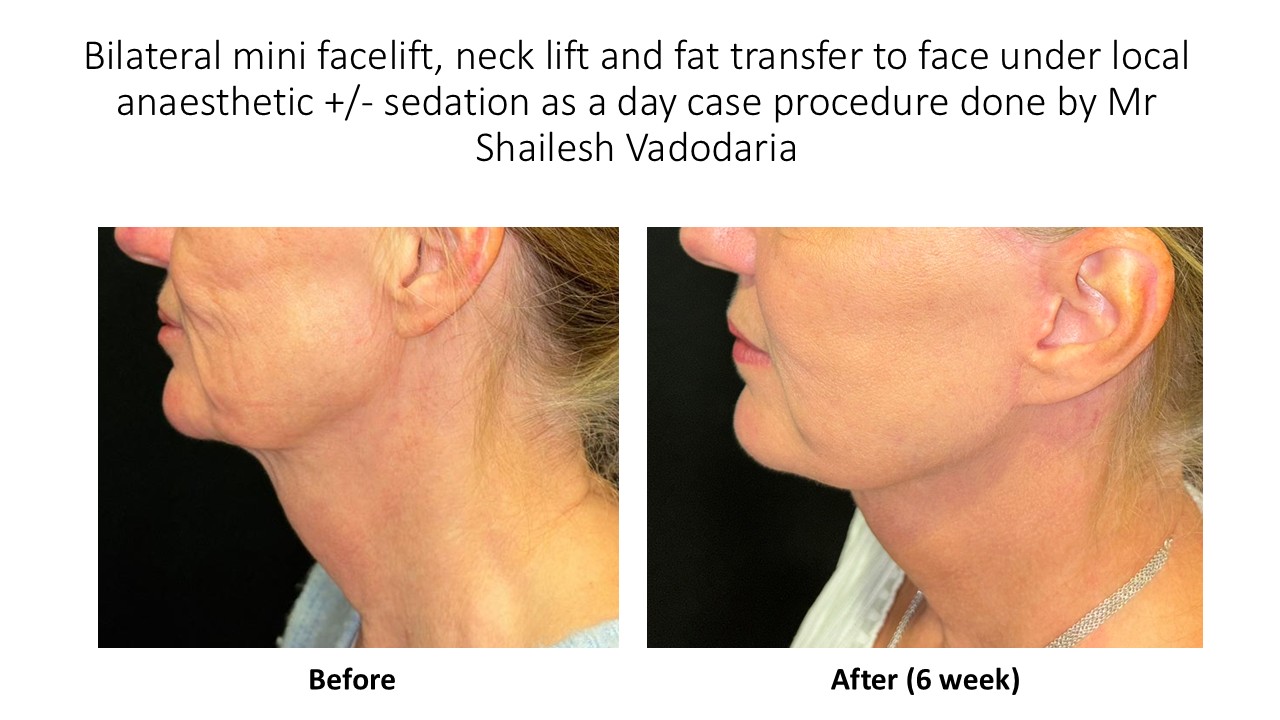
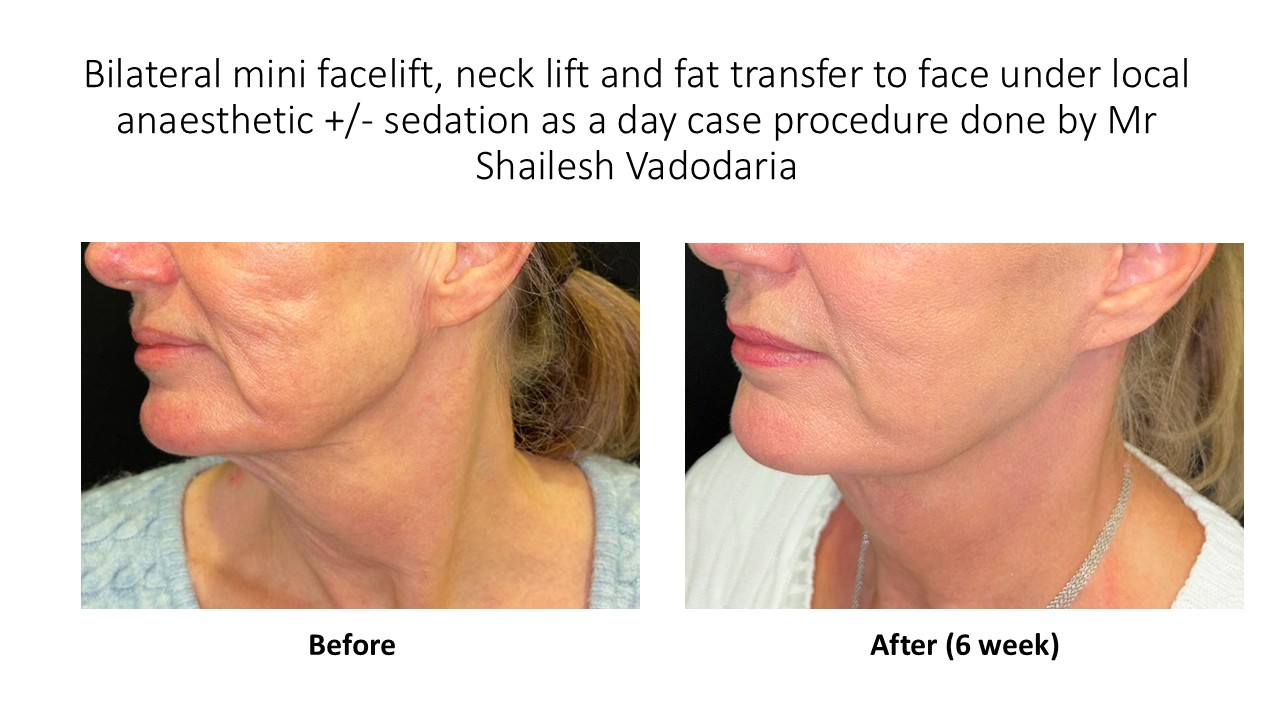
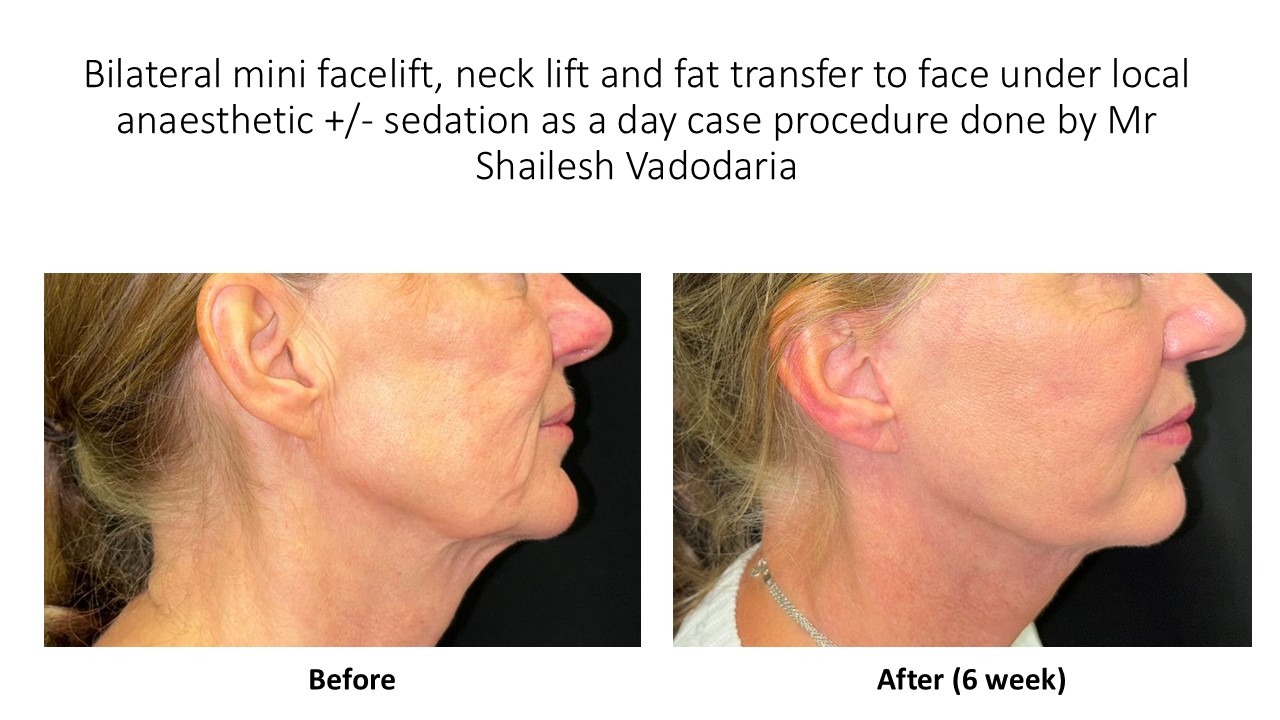
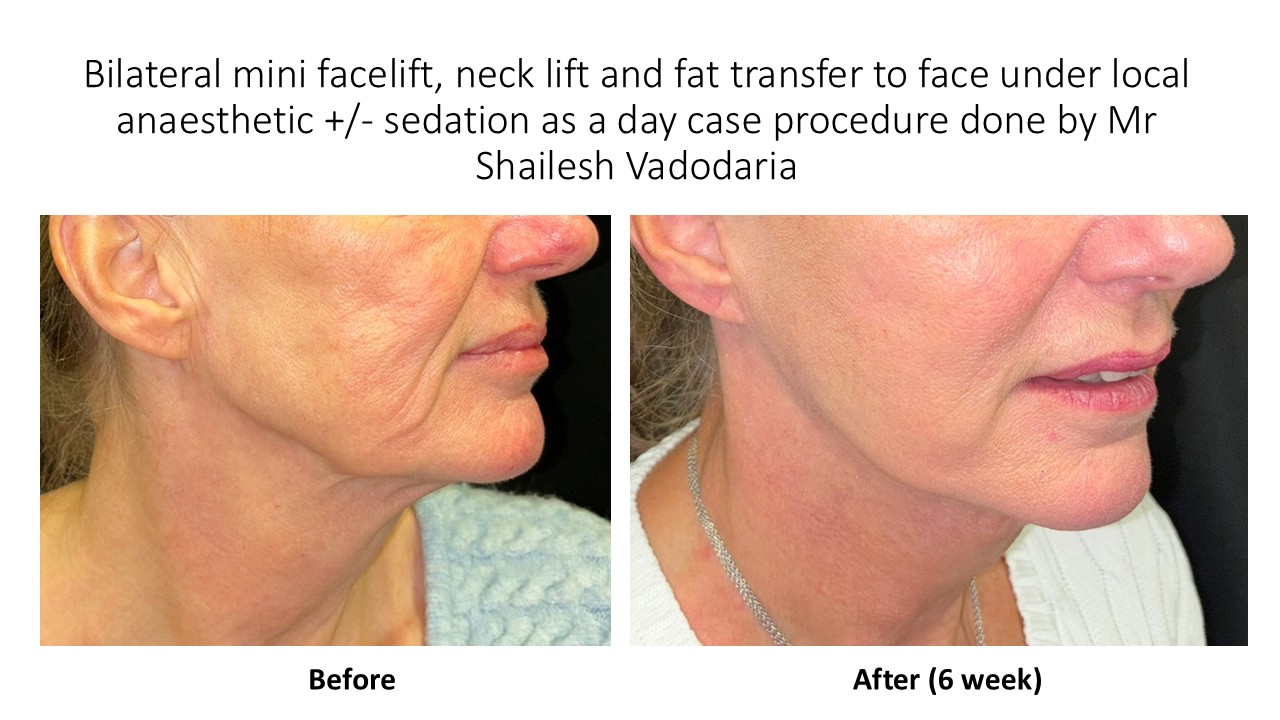
3. Medications
• A short course of oral antibiotics may be prescribed to reduce the risk of infection.
• Pain relief medication will be provided; most patients report only mild to moderate discomfort.
• Continue all prescribed medications until completed, even if you feel well.
4. Swelling, Bruising, and Massage
• Swelling peaks in the first 3–5 days, then gradually improves over 2–3 weeks.
• Bruising may last 10–14 days.
• Avoid firm massage unless specifically to recommended by your surgeon – pressure can damage fragile fat cells.
5. Clothing and Sleeping Position
• Wear loose, comfortable clothing that does not press on donor sites.
• Avoid tight waistbands if fat was taken from the abdomen or flanks.
• Sleep on your back with head elevated on 2–3 pillows for the first 1–2 weeks to reduce swelling and protect grafted areas.
• Avoid sleeping face-down or on your side.
6. Activities and Lifestyle
• Gentle walking is encouraged to maintain circulation.
• Avoid strenuous exercise, heavy lifting, or contact sports for at least 3–4 weeks.
• Do not smoke – nicotine severely reduces fat graft survival.
• Don’t consume alcohol during the healing phase.
7. Healing Process & Final Results
• Fat survival is variable; 30–50% of the graft may be absorbed in the first few months.
• Final results usually stabilise at 3–6 months post-surgery.
• Multistage fat grafting session will be required for optimal results.
• Subtle improvements in skin quality (due to stem-cell-rich fat) may also be noticed.
8. Warning Signs – When to Contact MACS Clinic Immediately and / or
Call Mr. Shailesh Vadodaria if you notice:
• Increasing pain, redness, or warmth around treated sites.
• Sudden swelling or asymmetry.
• High fever, chills, or signs of infection.
• Lumps that are painful or persist beyond the early healing stage.
• Bluish discolouration or compromised circulation in the grafted area (very rare).
9. Follow-Up Appointments
• First review: within 1 week of surgery.
• Second review: 4–6 weeks post-surgery to monitor results.
• Further visits as needed, especially if planning staged fat grafting.
10. Long-Term Care & Maintenance
• Protect your face from sun exposure using SPF to prevent pigmentation.
• Maintain a stable weight – major fluctuations can affect graft survival.
• Consider combining with other rejuvenation procedures (e.g., facelift, skin resurfacing) for better results, if discussed with Mr. Vadodaria.
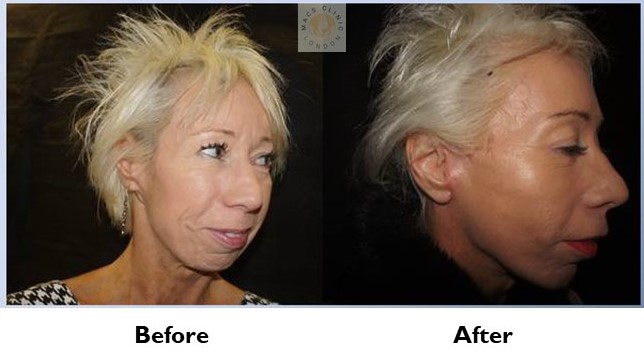
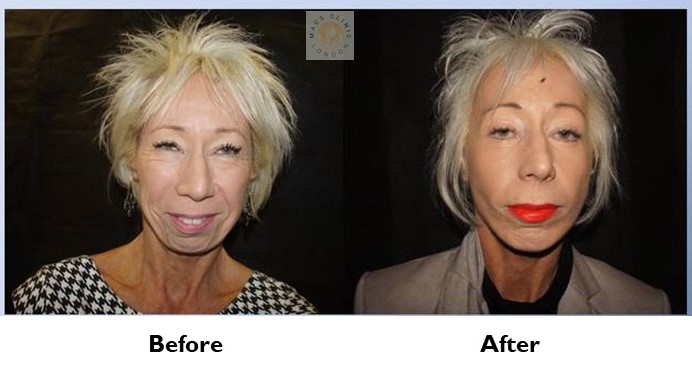
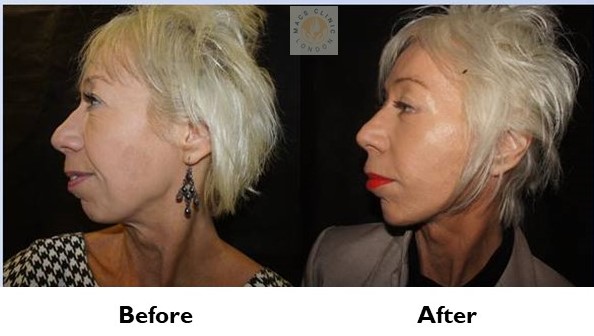
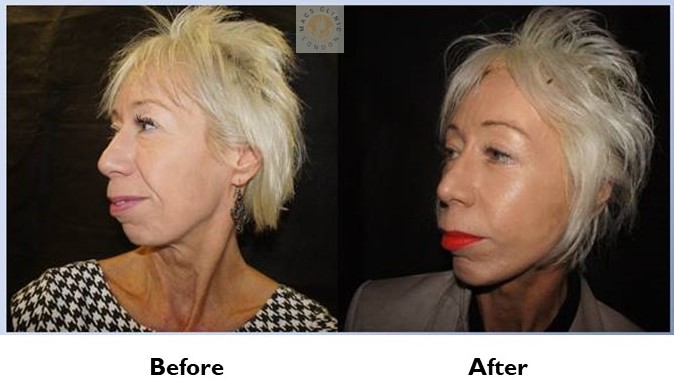
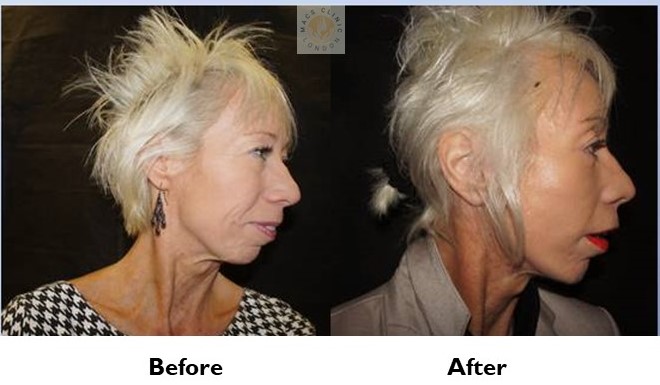
Contact MACS Clinic
- Phone: 020 7078 4378
- WhatsApp: 07792 648 726
- Email: enquiries@macsclinic.co.uk
- Website: macsclinic.co.uk
BOOK a FREE Video Consultation: https://calendly.com/macsclinic/free-video-consultation?month=2025-01







